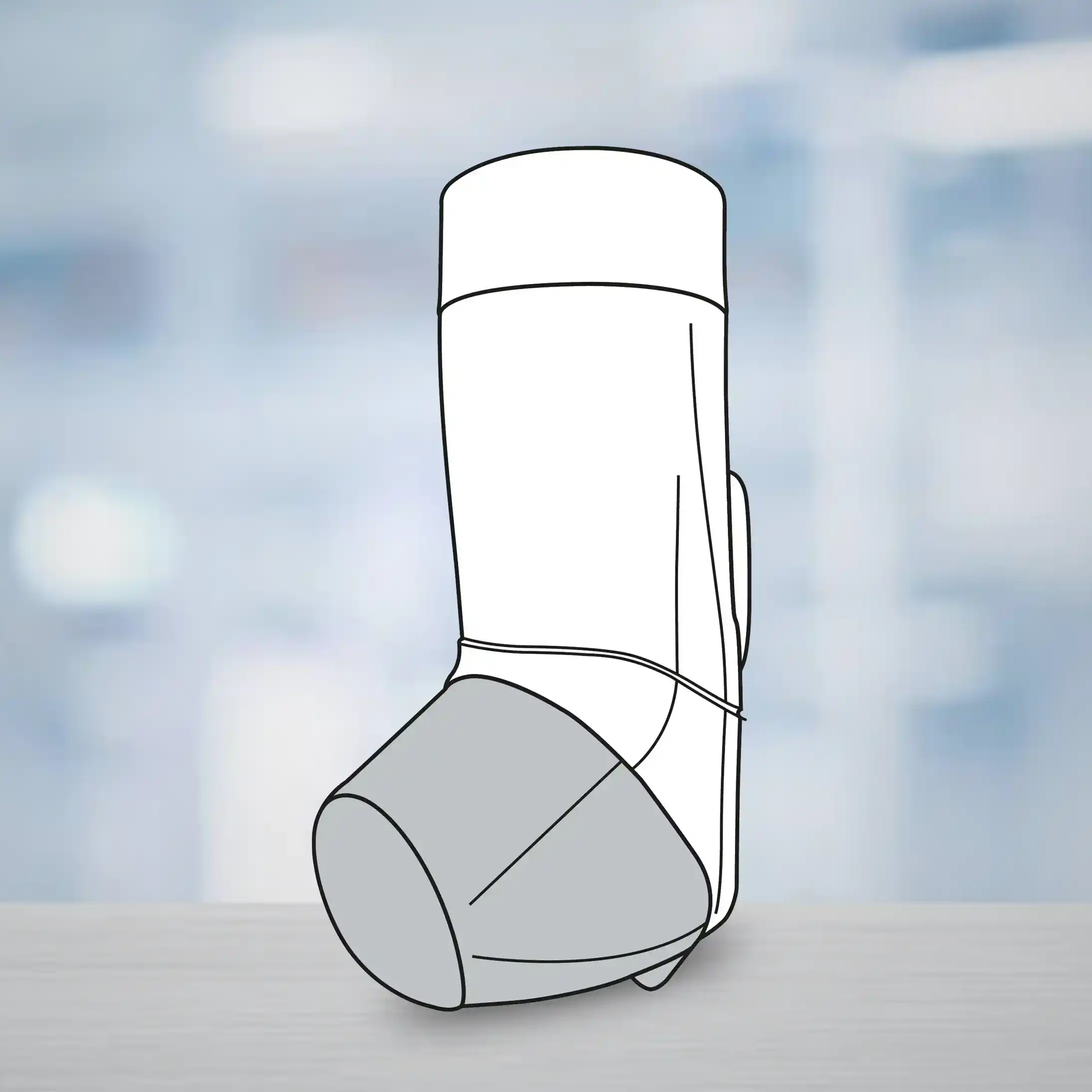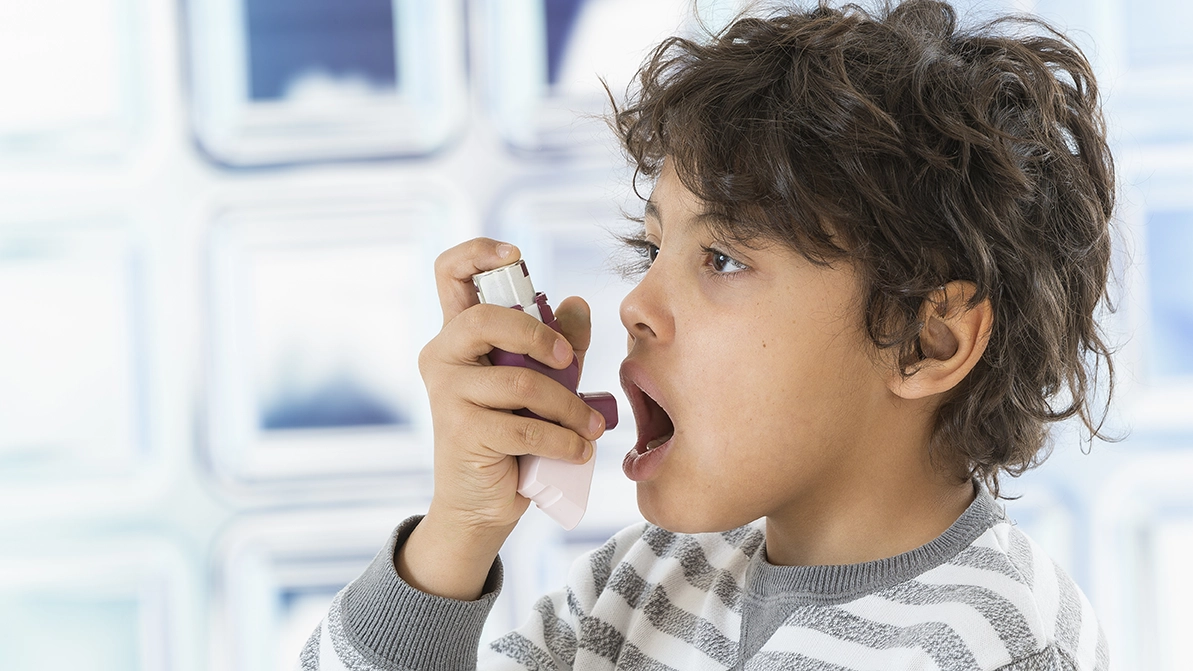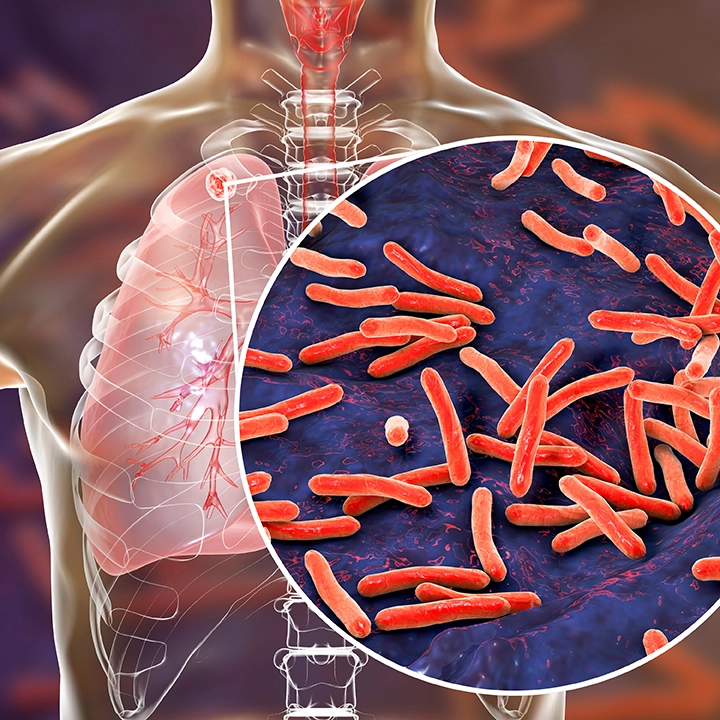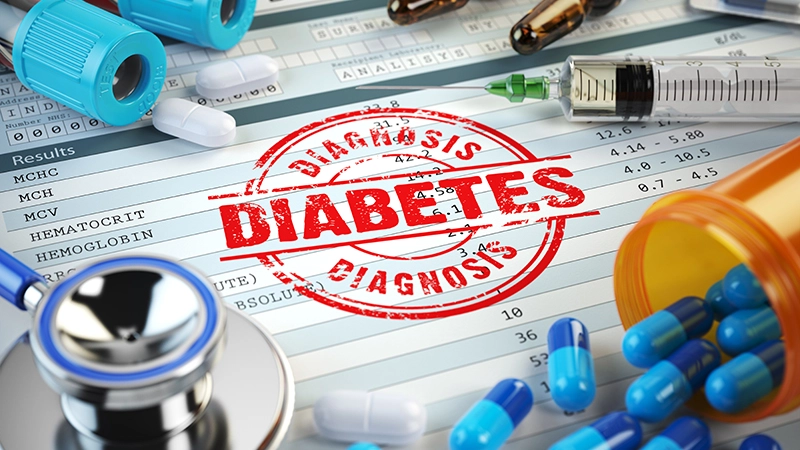Introduction
The efficacy of nebulized hypertonic saline (NHS) in patients with cystic fibrosis (CF) has been established as NHS is associated with improved mucociliary clearance and reduced exacerbations. However, there is lack of data on the clinical benefits of NHS in other diseases causing bronchial hypersecretion.
Aim
This study assesses the efficacy and tolerability of NHS in patients with diseases causing bronchial hypersecretion.
Method
Study Design
-
Retrospective observational study.
Treatment Strategy
-
Patients who successfully completed the tolerance test with 5.8% NHS with one year of follow-up were recruited.
-
Clinical records of the cohort was analysed in the year before and after the start of treatment.
-
The functional and microbiological parameters were compared using spirometry and sputum culture respectively before and after initiation of treatment.
Endpoints
-
Need for additional treatment after 60 min.
Results
-
The cohort comprised 101 patients, out of which 60.4% were women and mean age was 65 years.
-
The distribution of patients was as seen in Figure 1.
Figure 1. Patient distribution.
-
Among the patients with persistent bronchorrhea, 39.6% reported ease of expectoration, 35.6% reported reduced sputum volume and 24.8% had expectoration with a mucous, non-purulent appearance.
-
Subjective improvement after NHS initiation was seen in 75.2%.
-
A clinically significant improvement in lung function was noted in 40.3% among those who had pre- and post-treatment spirometry.
-
The comparison of other outcomes favoring treatment with NHS is shown in Table 1.
Comparison of outcomes before and after treatment.
|
Outcome |
Pre-treatment |
Post-treatment |
|
% with bronchorrhea |
91.1% |
75.2% |
|
Incidence of recurrent respiratory infections |
57.4% |
22.8% |
|
% with positive sputum culture |
68.3% |
54.5% |
|
Decrease in the number of courses of antibiotic |
1.54 |
0.55 |
|
Decrease in the visits to primary care |
2.94 |
1.1 |
|
Decrease in the visits to emergency department |
0.36 |
0.17 |
|
Decrease in hospital admission |
0.17 |
0.06 |
-
Improvement in lung function was observed with an increase in FEV1 (1881ml vs. 1942ml).
-
Adequate tolerance was reported by 71.3%.
Conclusion
-
Nebulization of 5.8% hypertonic saline was safe and well tolerated with significant clinical benefits in patients with bronchial hypersecretion.
Med Clin (Barc). 2023 Jan 5;160(1):23-26. Doi: 10.1016/j.medcli.2022.04.017.

.svg?iar=0&updated=20230109065058&hash=B8F025B8AA9A24E727DBB30EAED272C8)








